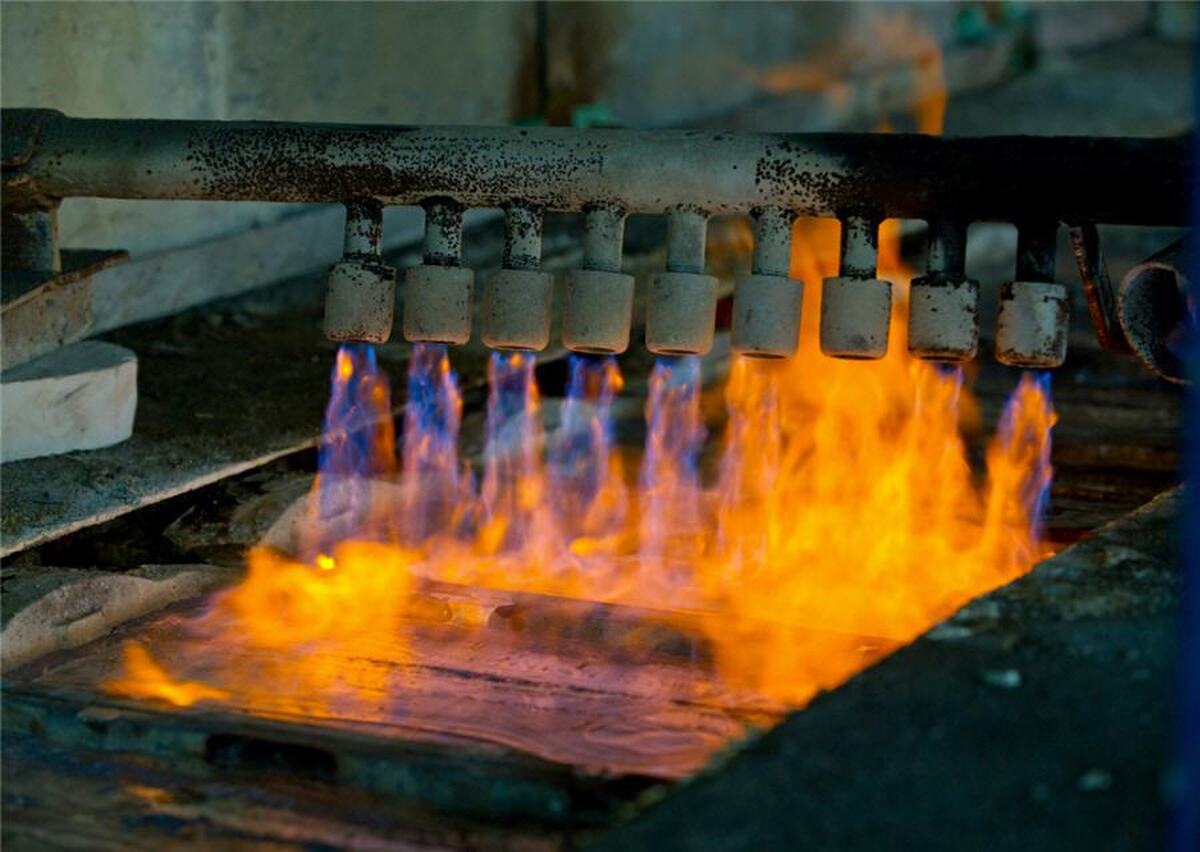
Copper miners to see profit grow further in 2018 — report
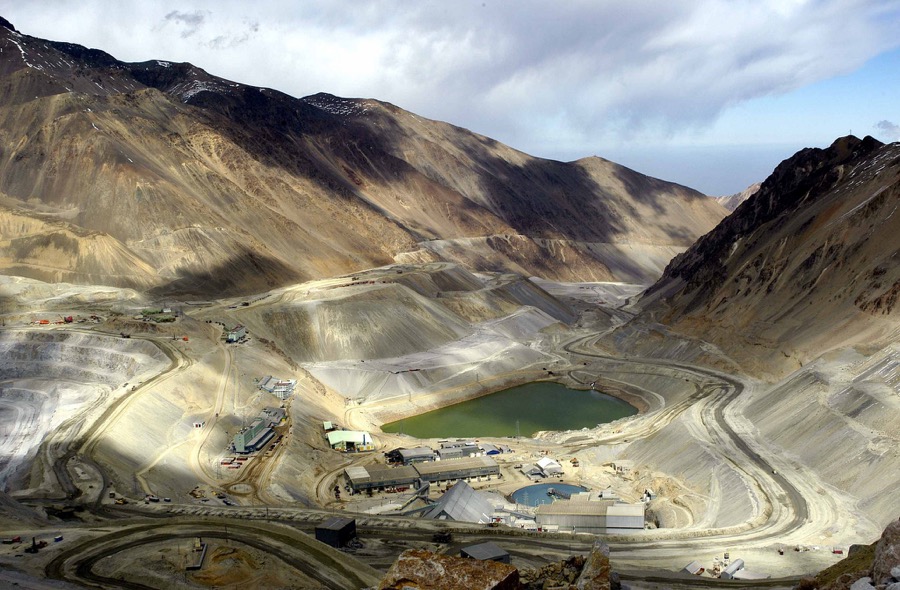
As of October 30, prices for the industrial had increased 24% since the start of the year and by 58% since the lowest price seen in recent history — $1.96 a pound in January 2016.
Some, such as S&P senior research analyst, Adam Webb, attribute the price recovery to lesser pressure to cut costs at copper operations, despite some upward pressure on mining costs.
“Total cash costs in the copper-mining sector are expected to be approximately 6% higher in 2017 compared with 2016. However, the higher metal prices has provided respite to many copper miners, which had been forced to cut costs and reduce capital expenditures in the wake of falling copper prices since the highs seen in 2011,” Webb said in a report Friday.
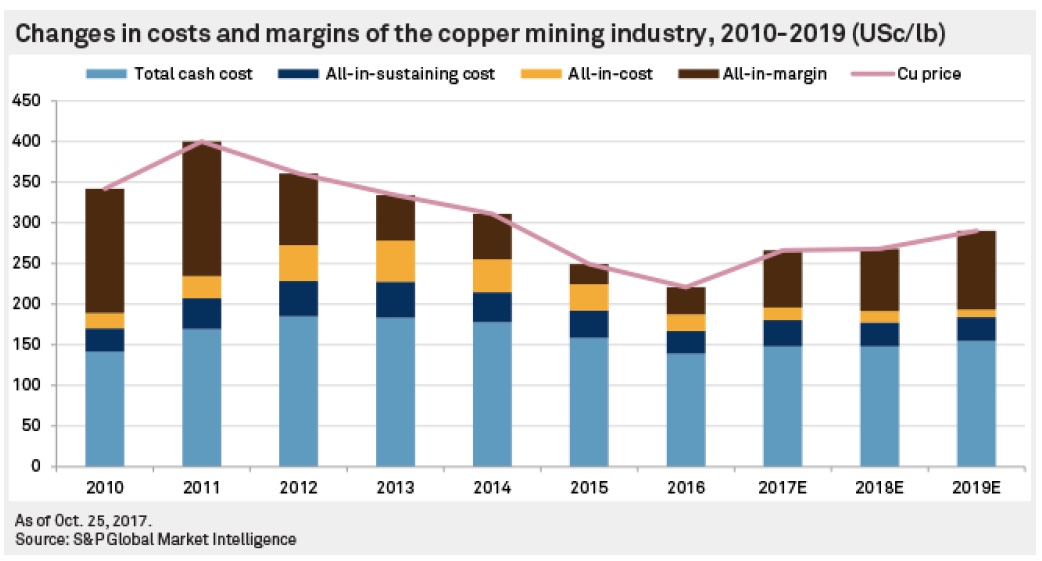
Others attribute copper’s outstanding performance to the electric cars ongoing boom. The metal is a key component of the lithium-ion batteries used in the electric vehicles, as well as power inverters and in the charging infrastructure needed to keep them running.
Currently, electric cars add up to roughly 1 million, out of a global fleet of closer to 1.1 billion, world’s No.1 mining company BHP estimates. That figure, it believes, could rise to 140 million electric vehicles, or 8% of the global fleet, by 2035.
Profit margins to jump
Using S&P Global Market Intelligence's flexing mine model and a consensus of broker macro-economic forecasts for 2018, Webb and his team looked at the forecast copper cost curve for next year.
Exchange rates in most major mining countries weakened from the peak of the last mining cycle in 2012, and this has helped producers cut their costs when expressed in US dollar terms. But since the start of 2016, the analysts have seen this trend reverse:
Looking ahead to 2018, the consensus is currently that local currency will strengthen in countries such as Canada and Zambia, whilst weakening in other key producers such as Australia, Chile, Peru and Russia.
S&P also mentions changes in oil prices paid by miners for use in their operations and equipment as a major macroeconomic factor that could influence copper producers:
The current consensus for 2018 is that fuel prices will be sustained close to recent price levels, leading to a higher yearly average compared with 2017. As a result, we expect to see fuel costs for miners continuing to rise slightly in 2018.
The research team from Metals and Mining at S&P Global Market Intelligence is quite bullish in its predictions. They expect margins for copper miners to return to levels similar to those achieved in 2012, despite the forecast price being significantly lower than it was in average five years ago.
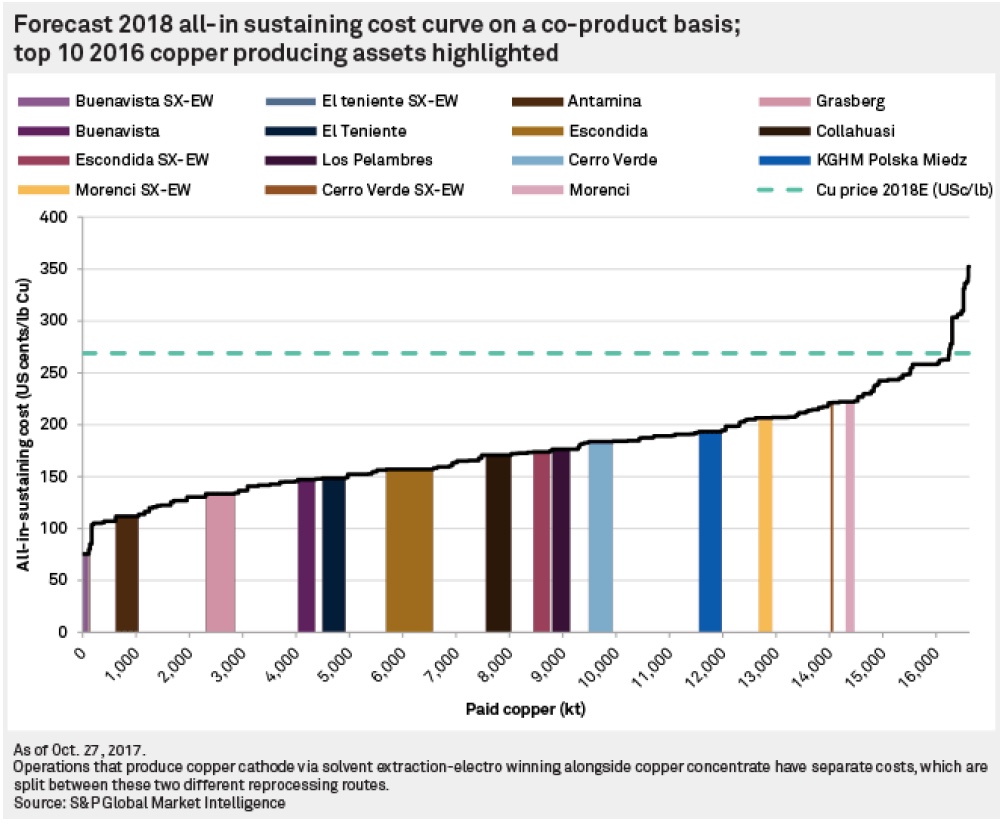


Barrick’s Reko Diq in line for $410M ADB backing
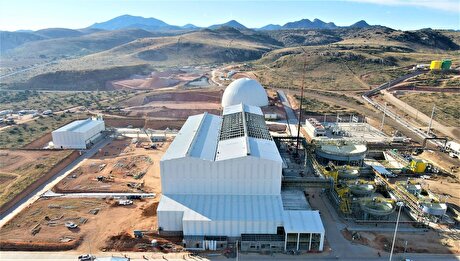
Pan American locks in $2.1B takeover of MAG Silver

US adds copper, potash, silicon in critical minerals list shake-up

Gold price gains 1% as Powell gives dovish signal
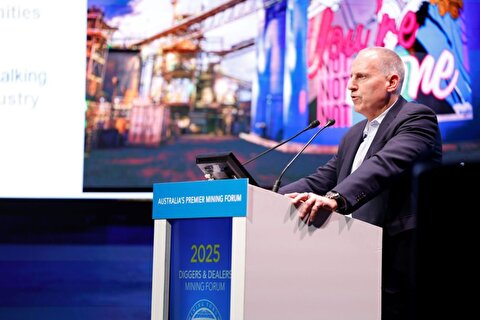
Gold boom drives rising costs for Aussie producers

Giustra-backed mining firm teams up with informal miners in Colombia

Energy Fuels soars on Vulcan Elements partnership

China extends rare earth controls to imported material

Galan Lithium proceeds with $13M financing for Argentina project

Kyrgyzstan kicks off underground gold mining at Kumtor

Kyrgyzstan kicks off underground gold mining at Kumtor

KoBold Metals granted lithium exploration rights in Congo

Freeport Indonesia to wrap up Gresik plant repairs by early September

Energy Fuels soars on Vulcan Elements partnership

Northern Dynasty sticks to proposal in battle to lift Pebble mine veto

Giustra-backed mining firm teams up with informal miners in Colombia

Critical Metals signs agreement to supply rare earth to US government-funded facility

China extends rare earth controls to imported material

Galan Lithium proceeds with $13M financing for Argentina project

Kyrgyzstan kicks off underground gold mining at Kumtor

Freeport Indonesia to wrap up Gresik plant repairs by early September

Energy Fuels soars on Vulcan Elements partnership

Northern Dynasty sticks to proposal in battle to lift Pebble mine veto

Giustra-backed mining firm teams up with informal miners in Colombia

Critical Metals signs agreement to supply rare earth to US government-funded facility

China extends rare earth controls to imported material

Galan Lithium proceeds with $13M financing for Argentina project

Silver price touches $39 as market weighs rate cut outlook

